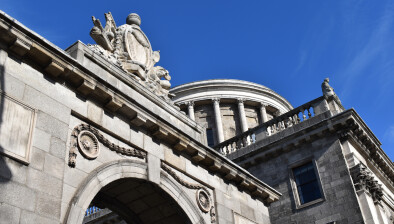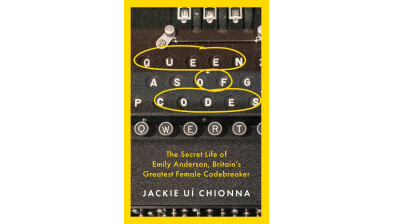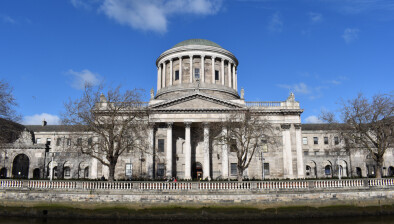Review: One lawyer’s inspiring fight against Big Asbestos

A new book casts new light on the fight against Big Asbestos, writes Tom Marshall.
The history of the harms caused by asbestos is a long and painful one. Since the start of the large-scale commercial exploitation of the mineral in the 19th century, evidence of its damaging effects has been noted and well documented.
In the United Kingdom diseases caused by dust exposure were among the most important drivers of the regulation of working conditions in workshops, factories and mines. The particular problems caused by asbestos exposure saw industry-specific legislation by the 1930s.
Notwithstanding these measures plus persistent government warnings and growing medical research revealing the long-term or fatal damage which could be caused by exposure to asbestos dust, the businesses which had been built on the development of ever more uses and products based on asbestos continued to insist that these products were safe.
By the 1960s, at a time when public awareness of the problems with asbestos began to develop, the UK companies which controlled the industry were so profitable that a Monopolies and Mergers Commission investigation was instituted to examine competition in the asbestos market. Ironically, by the time it reported the companies had already realised that the tide of opinion was flowing against asbestos and had begun to research alternatives.
Among these companies was Cape Asbestos, a huge vertically integrated organisation controlling asbestos mining and manufacturing as well as supply and installation of products. For example, in Scotland by the 1960s it operated factories in Glasgow, making asbestos insulation board especially for the shipbuilding industry, and Stirling, making slab insulation for engineering, together with a contracting company installing and maintaining asbestos insulation in public, industrial and commercial premises.
However, it was from South Africa, where the asbestos was mined, that the true extent of the harms which could be caused by asbestos had begun to emerge. Cape operated mines in two areas of the country. In the Northern Cape they had crocidolite (known as blue asbestos) and in the Northern Transvaal, now known as Limpopo, they had amosite (known as brown asbestos). By the 1950s medical practitioners in these areas had begun to observe the emerging frequency of an otherwise rare type of cancerous tumour, known as mesothelioma, affecting in particular the lining of the chest wall and lungs. This cancer was seen not just in asbestos miners but also in the workers who prepared the mineral on the surface and in family members of the workforce living in the villages next to the mines. A report on case studies of some of those affected was published in the British Journal of Industrial Medicine in 1960. Almost immediately this attracted attention among doctors in countries where the use of asbestos in industry was widespread.
International conferences were convened. At last, the dangers of asbestos from even limited exposure began to be recognised. By 1970 crocidolite had effectively been withdrawn from further use and tighter regulations attempted to impose reductions in exposures in the UK workplace.
Back in South Africa, however, little or nothing was done to improve the conditions in the mines, mills and villages. Under the apartheid regime the black and coloured (i.e. mixed race and Asian) communities received little or no protection and medical care. Cape and other mining companies continued to operate much as before.
David Kinley’s new book is subtitled “Death, Deceit and the Lawyer who Busted Big Asbestos” and tells the story of Richard Meeran, a young English solicitor of Indian descent and South African roots, who took up the plight of the mine and mill workers and their families in the mid-1990s. Cape had sold out its mining interests in South Africa in 1979.
Court action in South Africa against the local Cape subsidiaries was effectively impossible and would almost certainly have been fruitless. Meeran decided to try and obtain justice and redress for the victims against the parent company in England on the grounds that it had directed the operations and methods in South Africa in the knowledge that they were dangerous.
Through interviews with Meeran and many other lawyers, trade unionists, activists and medics as well as some of the victims themselves and their families, Kinley brings to life the extraordinary battle fought out in both South Africa and England, in and out of court. The human stories are set against the backdrop of the legal struggles ending in the House of Lords where the claimants finally defeated the various attempts by Cape and its lawyers to have the case (Lubbe and others v Cape) dismissed.
A Rain of Dust: Death, Deceit and the lawyer Who Busted Big Asbestos, by David Kinley. Published by John Hopkins University Press, 387pp, £22.50.









